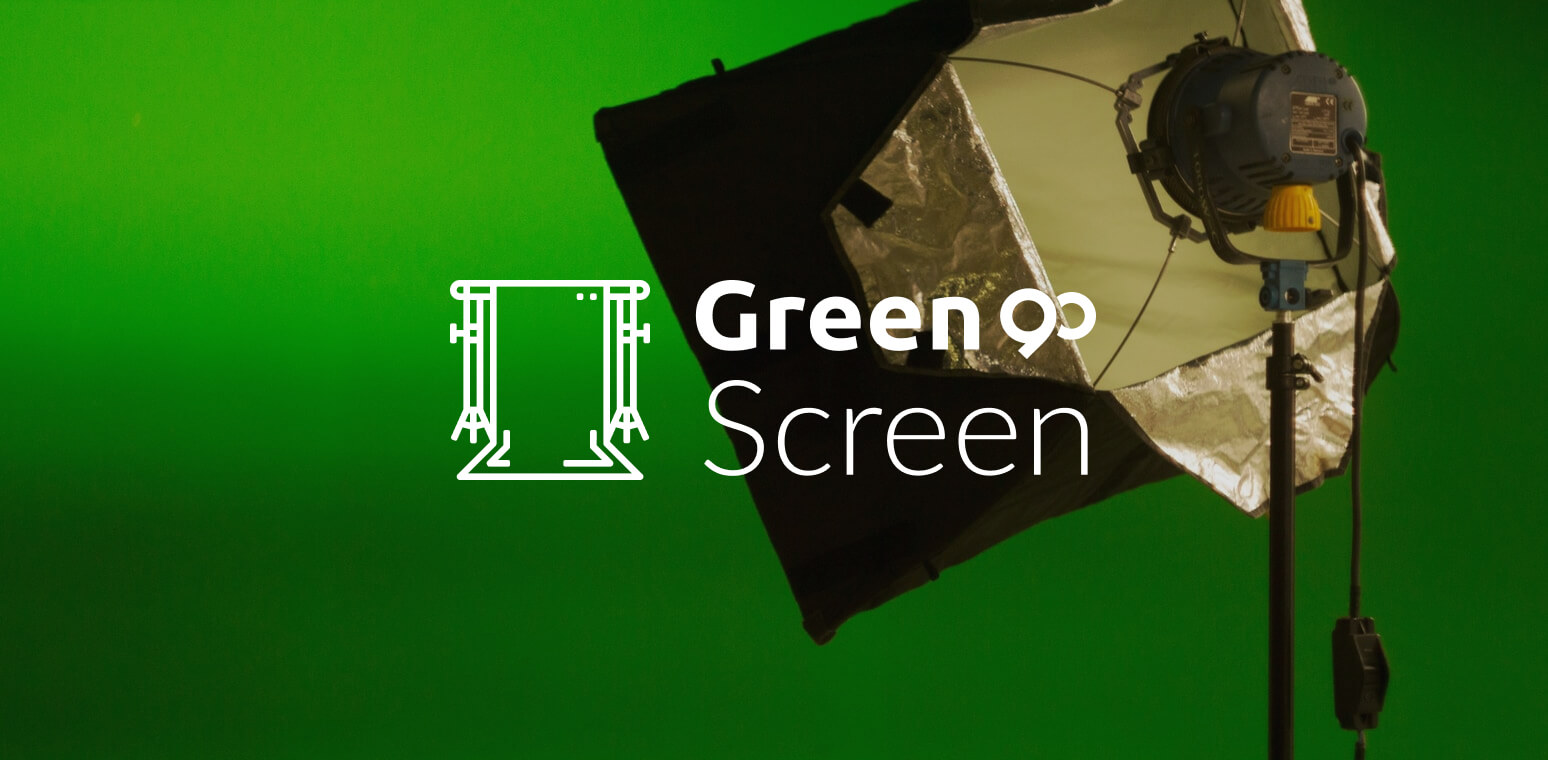Hi,
Get in touch with us today to chat about your next project.

A green screen is a green background that video production teams use to place visual effects later during the post-production phase.
The technology of using a green screen (or Chroma key) has been around since the 19th century. Entertainment and Hollywood have become legendary for using this art of illusion.
The name green screen was adopted simply because there’s a large green screen background on the set. The color green was chosen as one of the least colors worn by personalities or images used for display. The technique uses layers of images.
The background layer is the transparent green screen. The foreground is the final displayed image. The screen is placed behind the image to be displayed. Studio green backdrops are used to completely surround the object to create a floating effect.
Today, the process is technically known as chroma keying or color keying in the industry.
The transparency is a result of choosing a particular color to use with computer software. Generally, movie makers use a blue screen.
News and weather production crews use a green screen. The software allows the placement of any image onto the green screen’s background. Today’s technology has updated the application and made it easier to recreate the image projected onto the stage and film.
The main purpose for using a green screen is the special effects. We see it daily on local weather broadcasting, television shows and blockbuster movies.
Producers are using color key effects to superimpose and remove images from the screen. For example, using the chroma key special effects with an actor is wearing green clothing makes the clothing invisible.
Technology advancements and digital introductions have expanded the use of green screens.
Today, entrepreneurs and professionals are creating their own videos using electronic devices and software. Projects with limited space and budgets are using portable screens.
The portable screens are just as effective versus a green studio backdrop. Fabrics used are generally stretched eliminating wrinkles because they can cause shadows.
Next is the level of high delighting, which also prevents any shadowing of the final image. A green screen, computer software and a video camera or a smartphone with video capability can literally place you anywhere in the world.
Here are few trade secrets to consider while buying or renting a Green Screen:
1. Lighter, brighter green screens work better than dark green.
2. Screens should be non-crease and wrinkle resistant.
3. RGB lighting adds colour to red, green and blue spectrums.